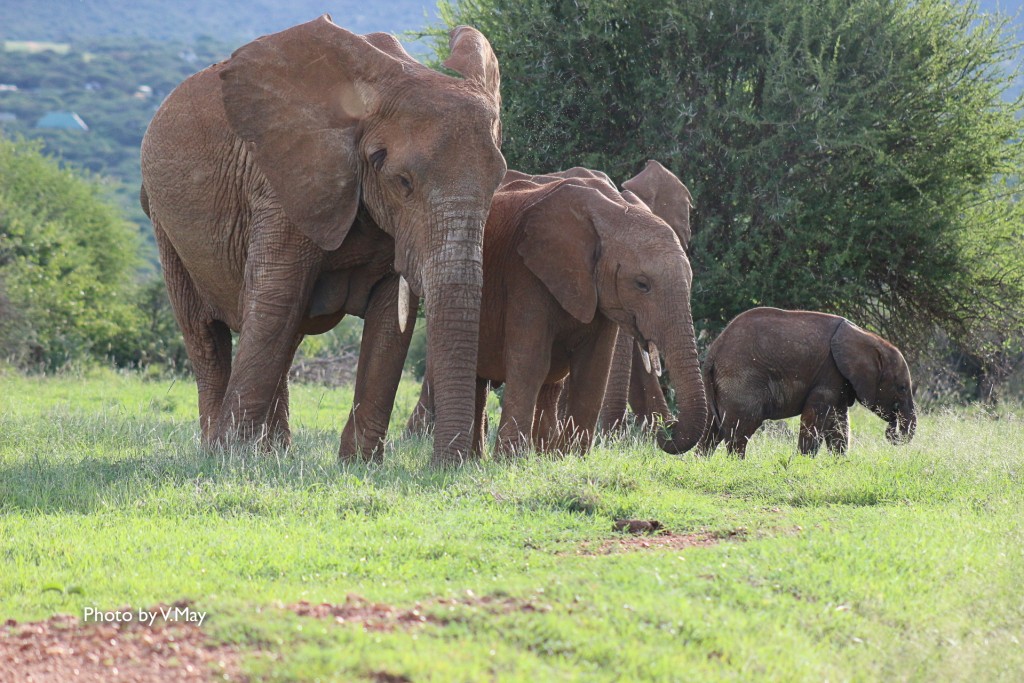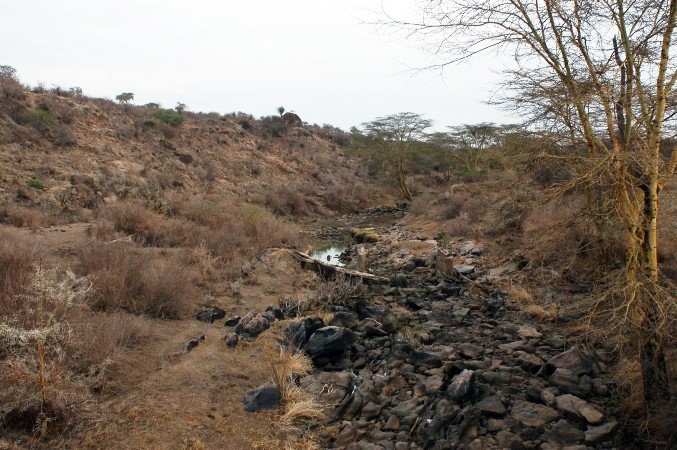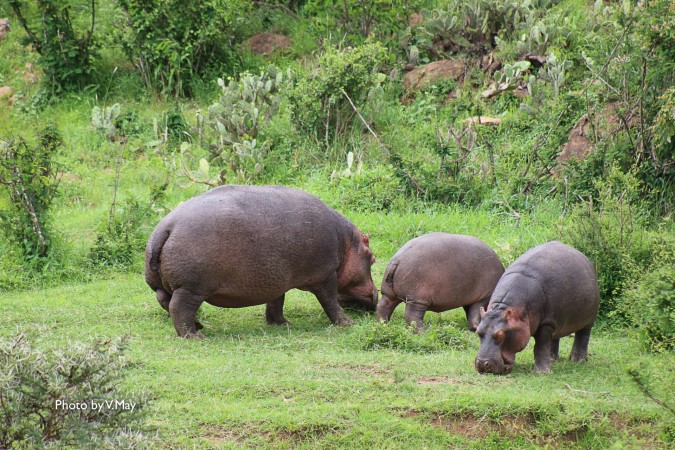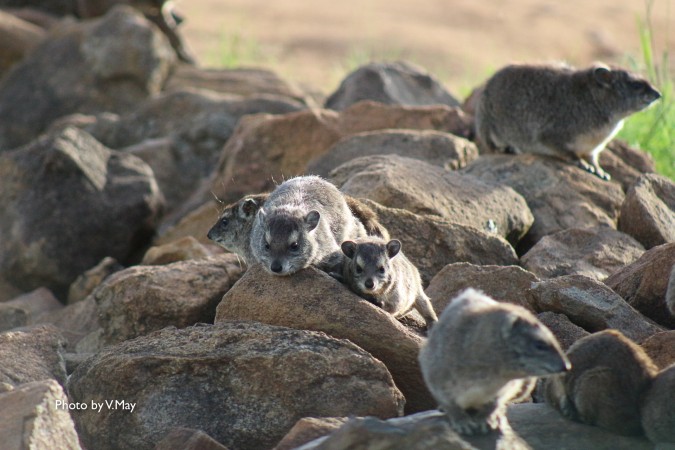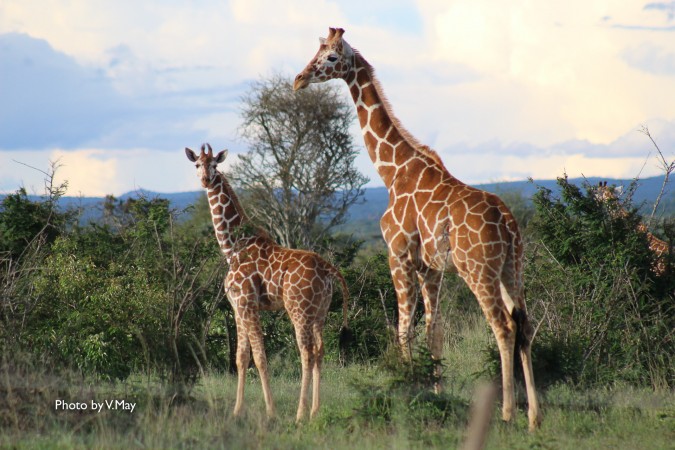Mpala, the home of African wildlife on Explore, is teeming with life thanks to heavy and sustained rainfall in the region over the last couple of months. Viewers on Explore have witnessed the rising of the Ewaso Ng’iro river ushering in a season of plenty. Many animal species in the savannah have adapted to rain patterns, giving birth when it is wet and green thus giving baby animals better survival chances. Elephants, zebra‘s, hippos, gazelles, buffaloes and other animals be seen everywhere with their young traversing the lush landscape within Mpala and the greater Ewaso Ng’iro ecosystem.
Pastoralists and wildlife in Laikipia–Mpala’s home country–depend on the rains as the most reliable form of water. Because Laikipia lies in the rain shadow of Mt. Kenya, it does not receive as much rain as the other side of the mountain. Laikipia is a high-altitude plateau, hovering at an elevation of between 5900 ft (1800-2000m) above the sea. Set between the drop of the Rift Valley, the verdant Aberdares Range, and towering Mt. Kenya, Laikipia is a diverse 3700 sq miles (9,500 sq km) with a wide array of flora and fauna. The season this year contrasts sharply with last year’s when the Ewaso Ng’iro came to a complete stop, only trickling in some sections. There was untold human and animal suffering leading up to one of the worst human-wildlife conflicts ever recorded in the region.
Back at the pool, viewers on Explore are familiar with the hippos’ behaviour. During the day, they remain cool by staying in the water or mud. They emerge at dusk to graze on grasses. However, with the plentiful season here, they can be seen grazing in the middle of a cool overcast day.
Not too far away, a well-fed rock hyrax family is not bothered by approaching elephants. The petite hyrax and Earth’s largest land mammal are close relatives after all, from a single common ancestor.
Across the river, a giraffe calf can be seen close to its mother. Giraffe calves are usually born singly and in rare cases, as twins. Female giraffes give birth standing up. A giraffe calf starts its life by falling several feet to the ground. Newborn giraffes are already taller than most humans at seven feet (2 meter tall. They walk almost immediately and can run within a few hours of being born. Co-ordination takes a little longer to achieve and it is not uncommon to see an awkward fall or mismatched step. The giraffe’s small horns are flattened in the womb to make birth easier, but become erect within a few days. These horns help the calf to regulate its body temperature, and if it’s a male, will one day be used in fights with other giraffes. Calves are typically weaned at around eighteen months but will start to try vegetation as early as two months. Despite their impressive height, baby giraffes are a target for hungry lions. They depend on their mother’s powerful kick for defense.
Peace,
Victor Kasii @mpalalive
